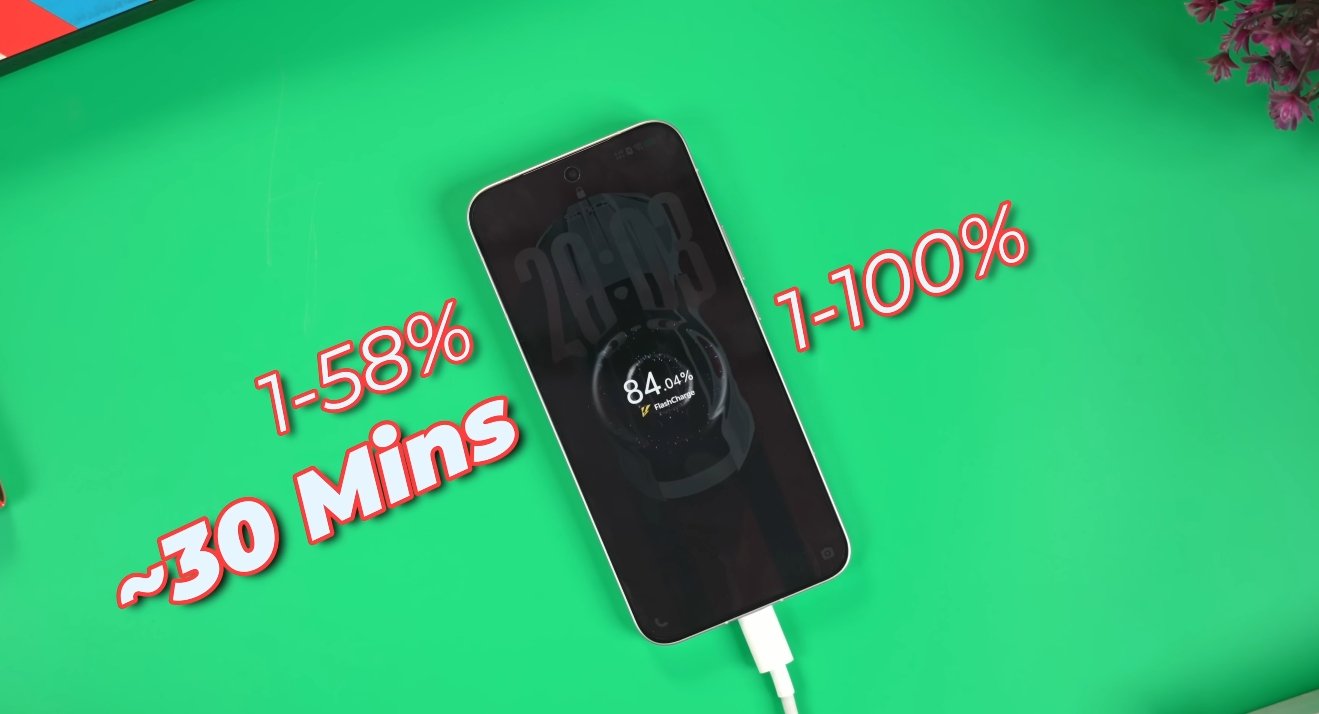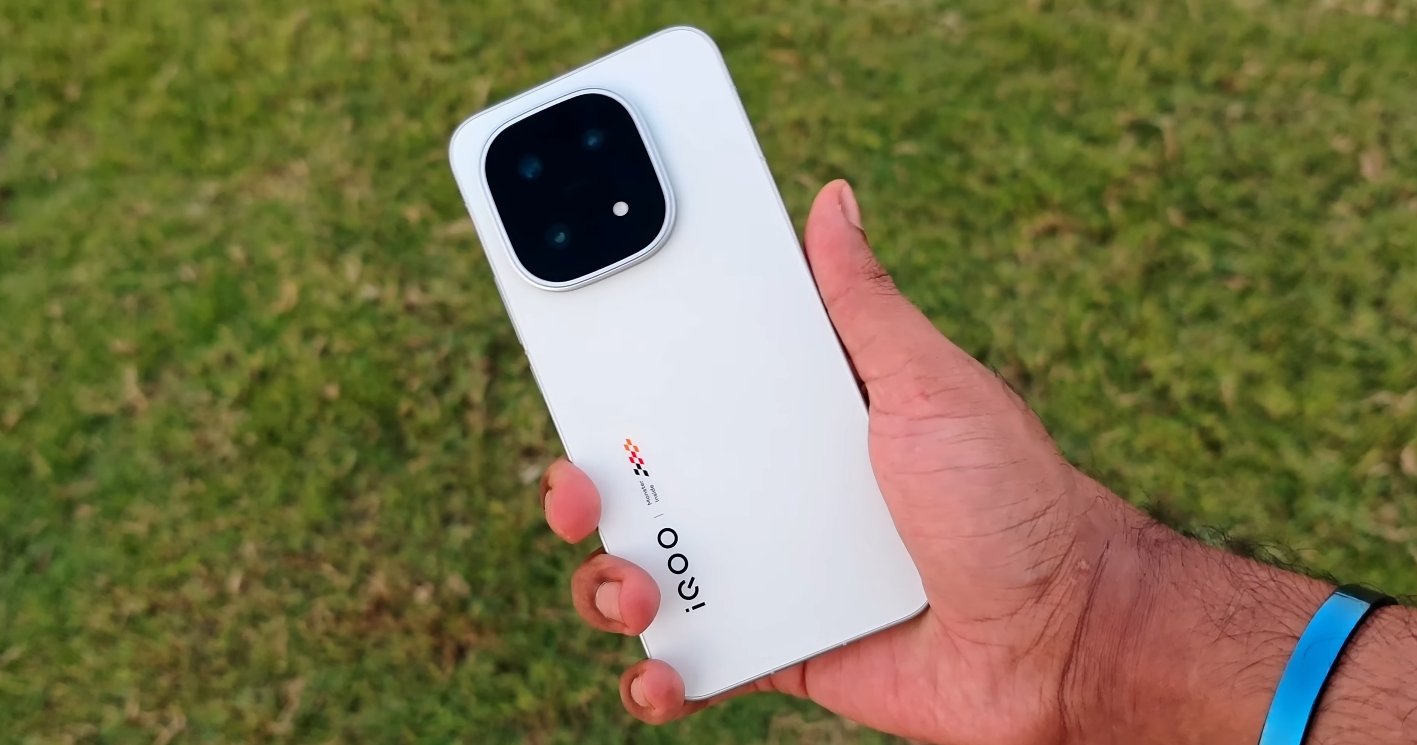iQOO 15 Could Reshape the U.S. Flagship Smartphone Pricing Game
The smartphone market in the United States has long been dominated by a few familiar names — Apple, Samsung, and to a lesser extent, OnePlus. But as 2025 unfolds, a new contender from Asia is poised to shake things up. The iQOO 15, known for its top-tier hardware and aggressive pricing, is drawing attention for how it might disrupt the pricing strategies of major Android competitors like OnePlus and Xiaomi. If iQOO manages to bring its latest flagship to the U.S. at competitive prices, it could redefine what consumers expect from premium smartphones.
Internationally, the iQOO 15 has already made waves. In its launch markets, the phone debuted with a 6.85-inch 2K LTPO AMOLED display, Snapdragon 8 Gen 5 processor, and a massive 7,000mAh battery supporting 100W wired charging. These features rival — and in some cases surpass — those found in phones costing hundreds more. The device also carries a triple 50MP camera system and up to 16GB of RAM with 1TB of storage, aligning it firmly within flagship territory. If these specs translate to a U.S. release at around $650 to $800, it could put intense pressure on competitors like OnePlus 12 and Xiaomi 14, which operate in the same performance class but at slightly higher price points.
Pricing remains the most critical factor in iQOO’s potential success overseas. The brand, backed by vivo, has built a reputation in Asian markets for delivering high-end features at midrange prices. Early international listings have placed the iQOO 15 between roughly $590 and $770, depending on configuration. Even when accounting for logistics, taxes, and currency conversion, the cost remains substantially lower than many flagships sold in the U.S. This pricing approach could force rivals like OnePlus and Xiaomi to rethink their strategies, especially since both brands have slowly crept up in price with each new generation.

For comparison, the latest OnePlus flagship sells in the U.S. starting around $799, offering a premium display and camera system, but with a smaller 5,400mAh battery and slower charging speeds. Xiaomi’s top-tier models, while not officially sold through major U.S. carriers, hover in similar price ranges globally. If iQOO can undercut these brands while maintaining performance parity, it could capture a niche audience of tech enthusiasts who crave flagship specifications without the premium price tag. The U.S. market has traditionally been resistant to newcomers, but aggressive pricing paired with standout hardware might change that dynamic.
Battery life and charging performance are two areas where iQOO 15 stands apart. A 7,000mAh capacity is nearly unheard of in modern flagships, especially in a phone that retains a sleek design. The inclusion of 100W fast charging and 40W wireless support could appeal strongly to users who prioritize endurance and convenience. Most American smartphones, including high-end Samsung and OnePlus models, charge significantly slower. If iQOO manages to adapt its charging system to U.S. voltage standards while maintaining safety certifications, it could gain a strong competitive edge.
Camera performance is another key consideration. The iQOO 15’s triple 50MP setup, including a periscope telephoto lens, positions it well against OnePlus and Xiaomi’s imaging systems. However, while hardware specs look strong on paper, actual camera performance often depends heavily on software processing. Samsung and OnePlus have refined their image algorithms for U.S. preferences, while iQOO’s tuning has historically favored Asian markets. If the company intends to appeal to U.S. buyers, adjustments in color balance, low-light handling, and AI features may be necessary to meet local expectations.
Yet, challenges remain. The iQOO 15 currently lacks an official U.S. release date, carrier certification, and domestic warranty support. Importing the device could mean limited compatibility with 5G networks, absence of key carrier features like VoLTE or Wi-Fi calling, and no guarantee of timely software updates. By contrast, OnePlus and Xiaomi — though not fully entrenched in every U.S. carrier ecosystem — offer greater reliability in terms of software support and after-sales service. These practical concerns could limit iQOO’s reach even if the price is highly attractive.
If iQOO does decide to officially enter the U.S. market, the implications could extend beyond just pricing. Its entry would challenge the existing value proposition of brands that have dominated the Android flagship space for years. Consumers would benefit from stronger competition, pushing established manufacturers to innovate more aggressively and offer better value for money. The iQOO 15’s combination of massive battery, top-tier chip, and premium display features could appeal to power users and gamers looking for performance-oriented devices.
In conclusion, the iQOO 15’s rumored U.S. pricing could mark a turning point in the premium smartphone landscape. By offering cutting-edge technology at a lower cost, it has the potential to disrupt the comfortable pricing hierarchy maintained by OnePlus and Xiaomi. However, its ultimate success will depend on official availability, network compatibility, and long-term support in the U.S. market. For now, the iQOO 15 stands as a promising contender that could redefine what American consumers expect from a sub-$800 flagship — if it can make its way across the Pacific.

